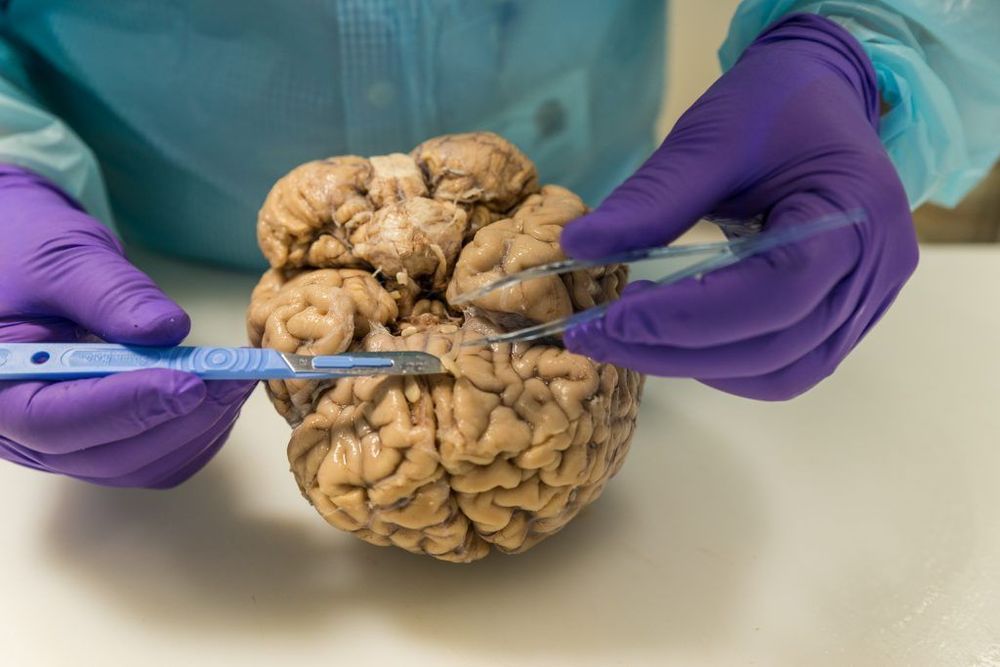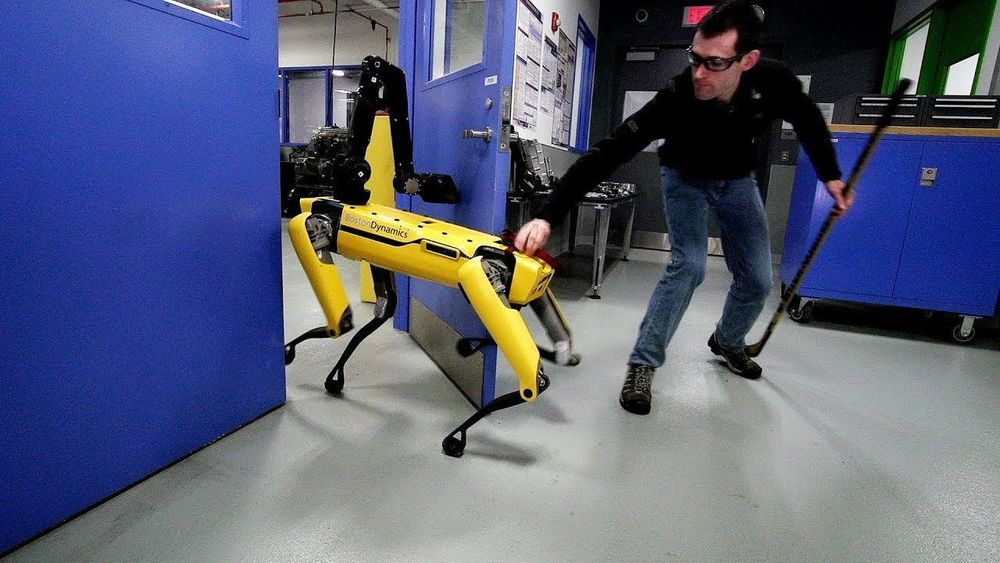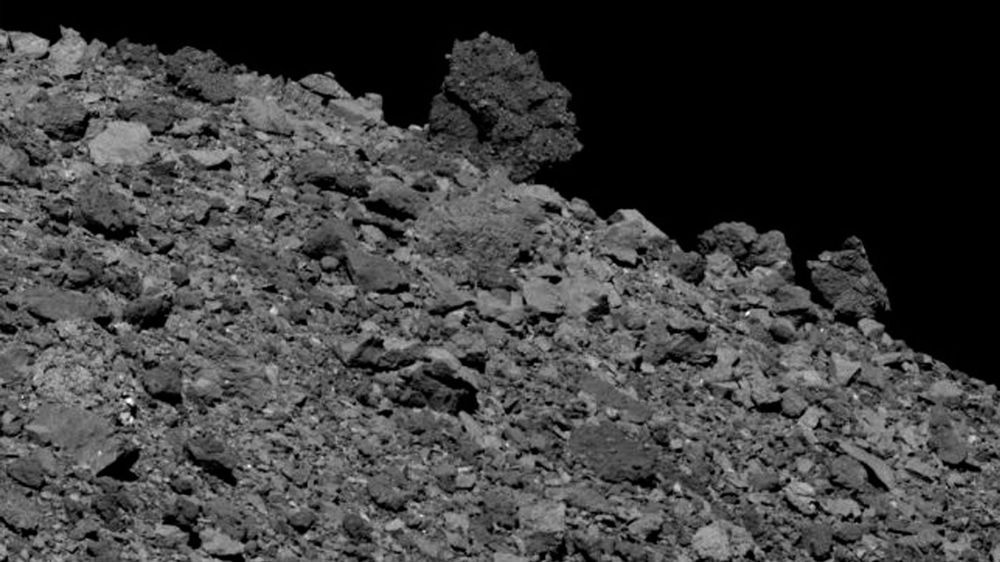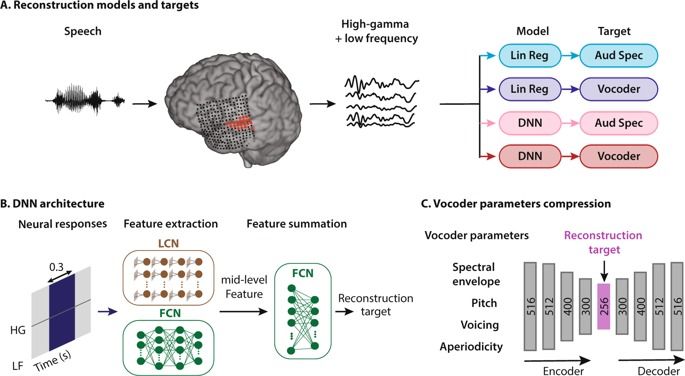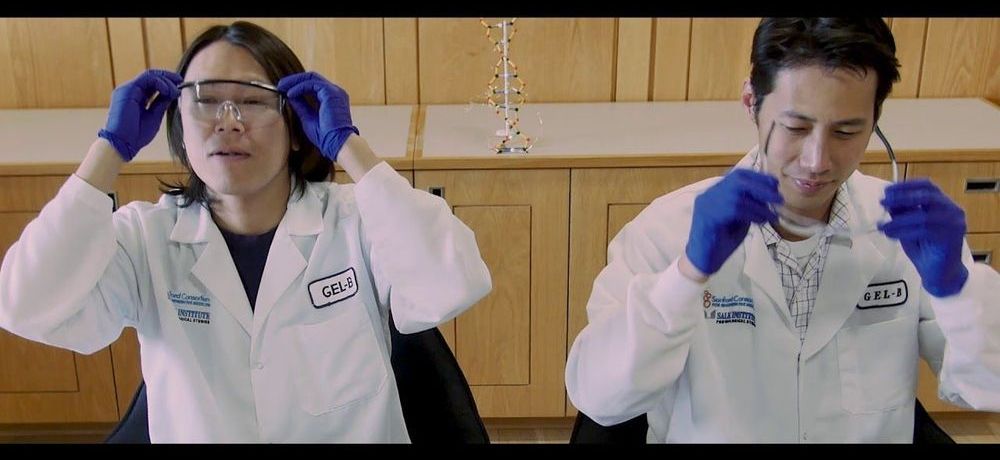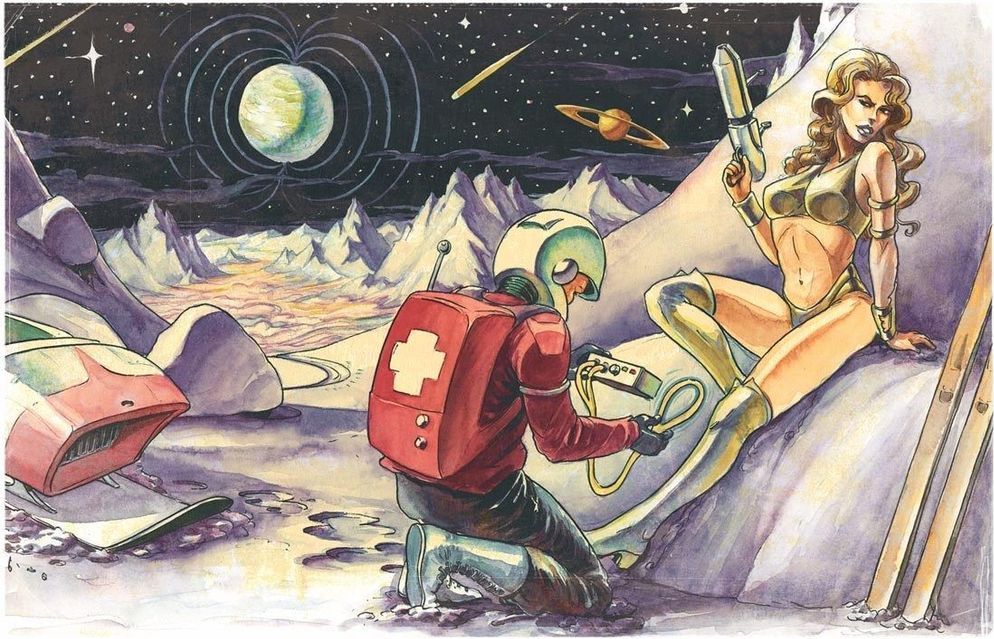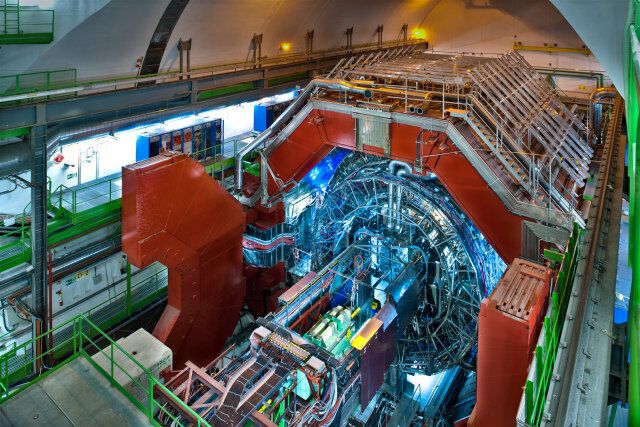Jul 17, 2019
SpaceX pinpoints cause of Crew Dragon explosion, looks forward to safer spacecraft
Posted by Alberto Lao in category: space travel
The cause of a SpaceX explosion that resulted in the destruction of a crew capsule and sent orange smoke into Space Coast skies has been pinpointed, the spaceflight company confirmed Monday.
Just 100 milliseconds before an uncrewed Crew Dragon capsule fired its eight SuperDraco thrusters during a test at Cape Canaveral Air Force Station on April 20, the capsule exploded, leaving Landing Zone 1 littered with fire, debris and chemicals. The cause, SpaceX said, was traced down in recent weeks to a reaction between a liquid oxidizer – nitrogen tetroxide, or NTO – and a titanium check valve, which caused an ignition and the subsequent explosion.
According to accident investigators, a component allowed nitrogen tetroxide to leak into the spacecraft’s pressurization system tubes well before testing began. When the pressurization system activated and attempted to simulate a firing of the SuperDraco thrusters, a “slug” of the NTO that had leaked into the tubes was blasted through at high speed, resulting in ignition with the titanium valve.


